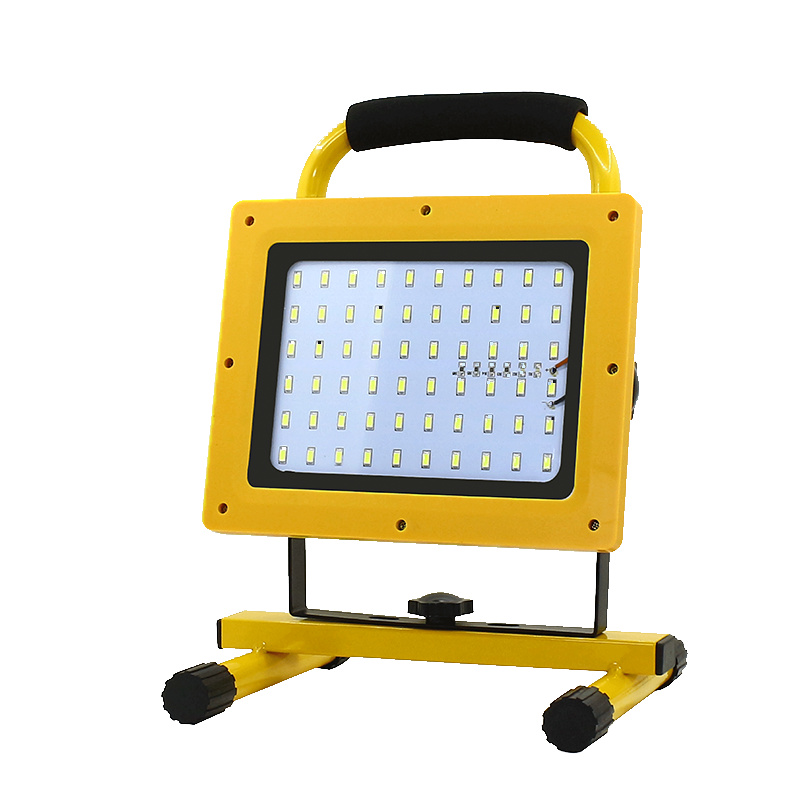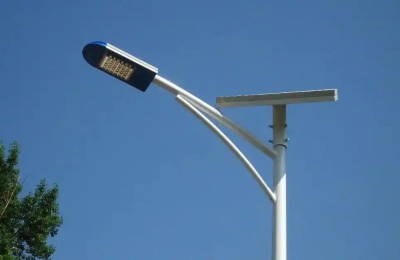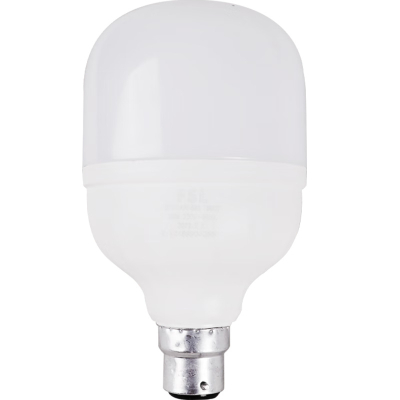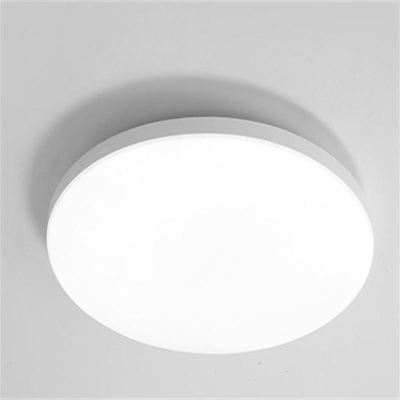Portable Construction Lights
Portable construction lights are essential lighting tools designed to provide illumination in construction sites. These lights are highly mobile and adaptable, allowing for effective lighting in areas that may lack a permanent lighting infrastructure or where lighting needs change frequently due to the progress of construction work.
The housing of portable construction lights is constructed to be rugged and durable. It is typically made of heavy - duty materials such as high - impact plastic or metal alloys like aluminum. High - impact plastic is often used for its lightweight property and resistance to damage from accidental drops and impacts. Aluminum, on the other hand, offers excellent strength and corrosion resistance, especially useful in outdoor construction sites exposed to various weather conditions.
The housing is designed to protect the internal components from dust, water, and debris. It usually has a sealed design with gaskets made of rubber or silicone to prevent the ingress of these elements. Some portable construction lights also have a protective cage or grill around the light - emitting area to safeguard the lens and light source from physical damage caused by falling objects or accidental collisions.
Portable construction lights commonly utilize bright and energy - efficient light sources. LED (Light - Emitting Diode) technology is a popular choice due to its numerous advantages. LED - based construction lights have a long lifespan, which reduces the need for frequent bulb replacement. The LED modules consist of multiple high - power LEDs that are arranged to provide a wide - angle and high - intensity illumination. The color temperature of the LEDs can vary, but a cooler - white light (around 5000 - 6500K) is often preferred for better visibility and a daylight - like effect, which is crucial for construction tasks.
In some cases, traditional halogen bulbs may still be used, especially in older models of portable construction lights. Halogen bulbs produce a bright, white light but are less energy - efficient and have a shorter lifespan compared to LEDs.
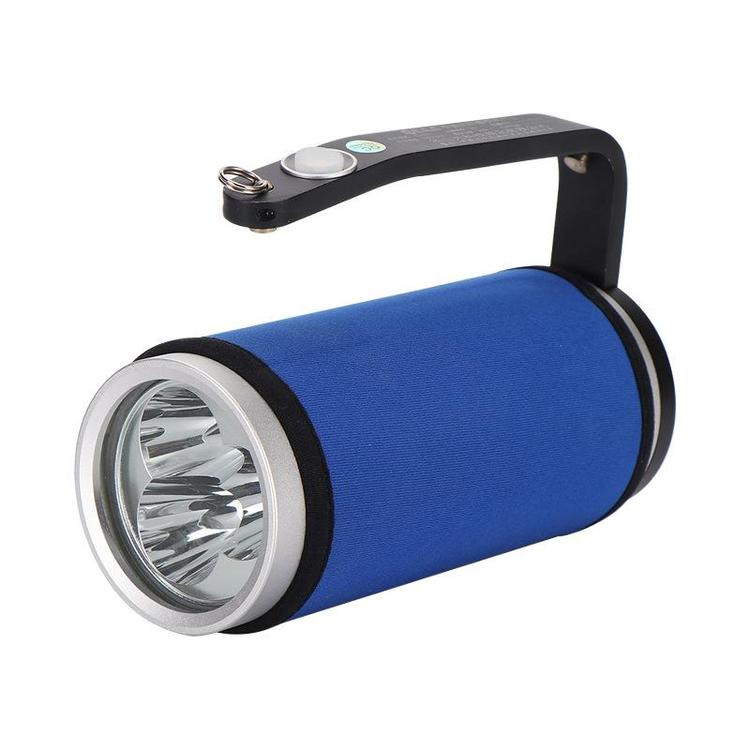
To optimize the light output and distribution, portable construction lights incorporate reflectors and optics. The reflector is usually made of a highly reflective material such as aluminum. Its shape, often parabolic or spherical, is designed to gather and redirect the light emitted by the light source. A parabolic reflector, for example, can project a more focused beam of light over a longer distance, while a spherical reflector provides a more diffused and wide - angle illumination.
The optics of the light may also include a lens. The lens is typically made of toughened glass or high - grade, impact - resistant plastic. It serves to protect the light source and reflector and can also further shape the light. A clear lens allows for maximum light transmission and a more direct illumination, while a diffused lens can spread the light more evenly to reduce glare and provide a softer illumination effect.
Portable construction lights can be powered in different ways. Many models are cord - connected and designed to be plugged into a standard electrical outlet. The power cords are usually heavy - duty and have good insulation to withstand the harsh construction environment. The length of the cord varies, but it is typically long enough to provide flexibility in positioning the light around the construction site.
Some portable construction lights are battery - operated. These lights use rechargeable batteries such as lithium - ion batteries. The battery compartment is designed to be easily accessible for replacement or recharging. Battery - operated lights offer greater mobility as they are not restricted by the location of electrical outlets. They are especially useful in areas where power supply is limited or during the initial stages of construction when electrical wiring may not be fully installed.
A handle is a standard feature of portable construction lights. The handle is usually made of a durable material and is ergonomically designed for easy carrying and positioning of the light. It allows workers to move the light around the construction site with ease and place it in the most suitable location for illumination.
In addition to the handle, portable construction lights come with various mounting options. They can be placed on the ground using a stable base, hung from a beam or scaffolding using a hook or chain, or attached to a tripod for more precise positioning and height adjustment. These mounting options provide flexibility in how the light is used, depending on the specific lighting requirements of the construction work.
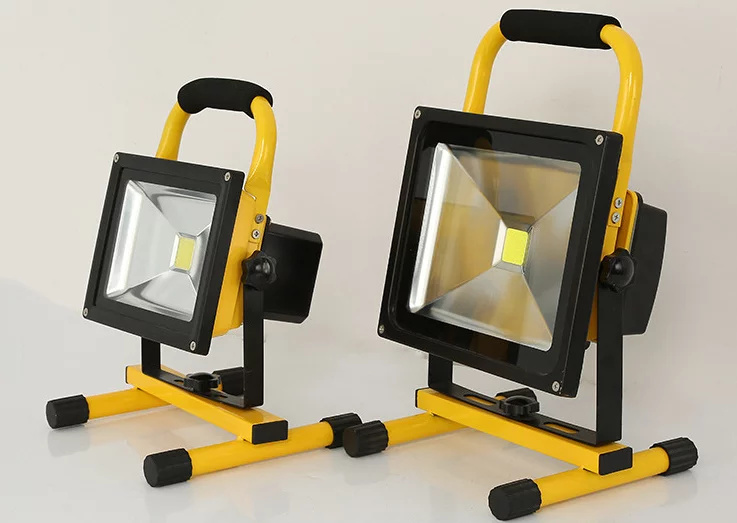
When the portable construction light is plugged into a power source (in the case of cord - connected lights) or when the battery is activated (for battery - operated lights), the electrical current is supplied to the light source.
For LED - based lights, the AC voltage (from the power outlet) or the DC voltage (from the battery) is regulated to the appropriate level for the LED module through a driver circuit. The LEDs then emit light through the process of electroluminescence. The light rays are directed and shaped by the reflector and lens. The resulting light beam is emitted in the desired direction to illuminate the construction area. The position and angle of the light can be adjusted using the handle and the various mounting options to focus the light on the specific work area or task.
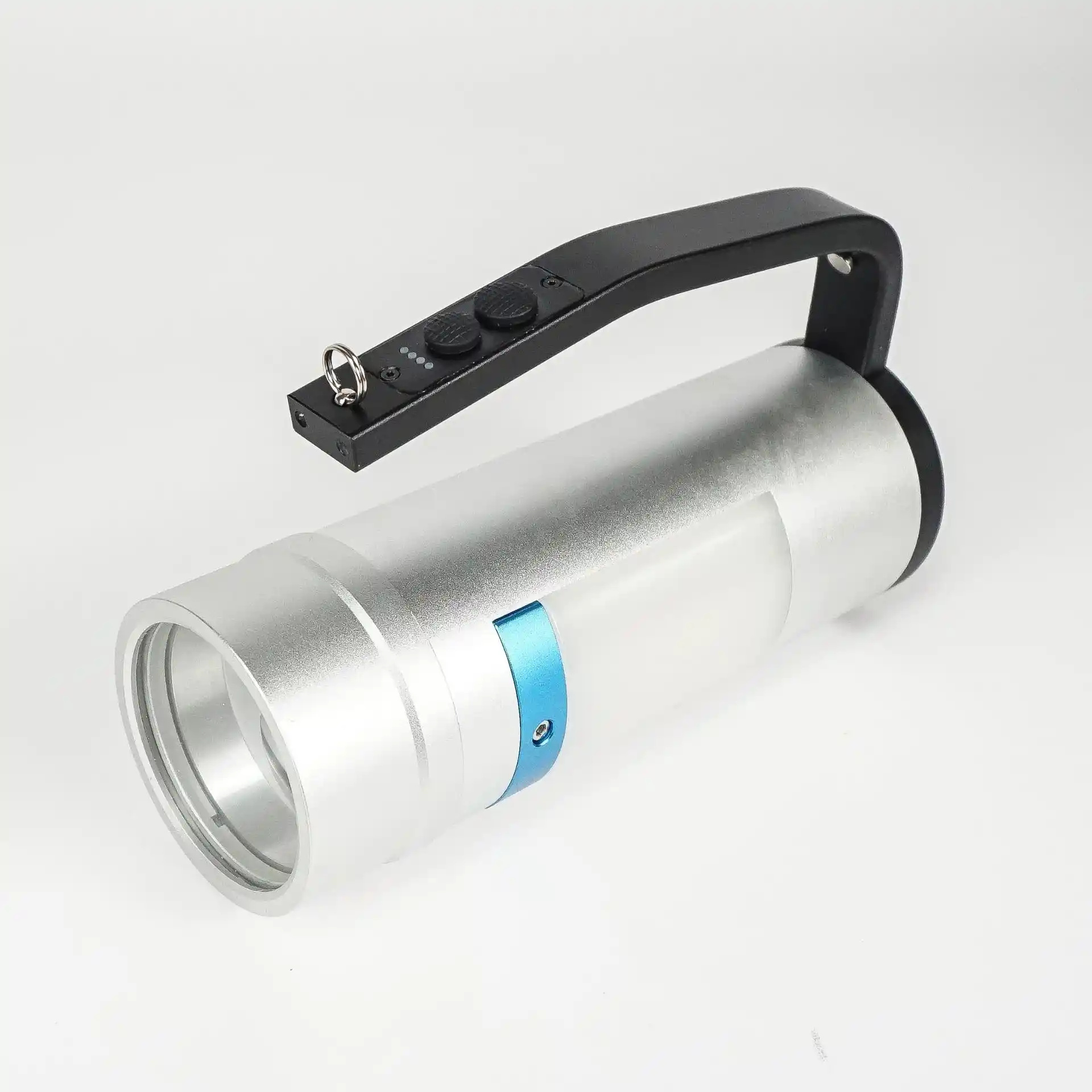
The most significant advantage of portable construction lights is their mobility. Workers can easily move the lights around the construction site to provide illumination where it is needed. This is especially important in large construction sites where different areas require lighting at different times, such as during excavation, concrete pouring, or installation of building components.
With multiple mounting options and the ability to be adjusted in position and angle, portable construction lights can be used in a variety of ways. They can be placed on the ground to light up a work area at ground level, hung at a height to illuminate a large area such as a construction bay, or attached to a structure to focus light on a specific task like welding or plumbing.
Portable construction lights are designed for easy setup. Workers can quickly unpack and position the lights without the need for complex installation procedures. This is beneficial in construction environments where time is of the essence and lighting needs to be established promptly to continue work.
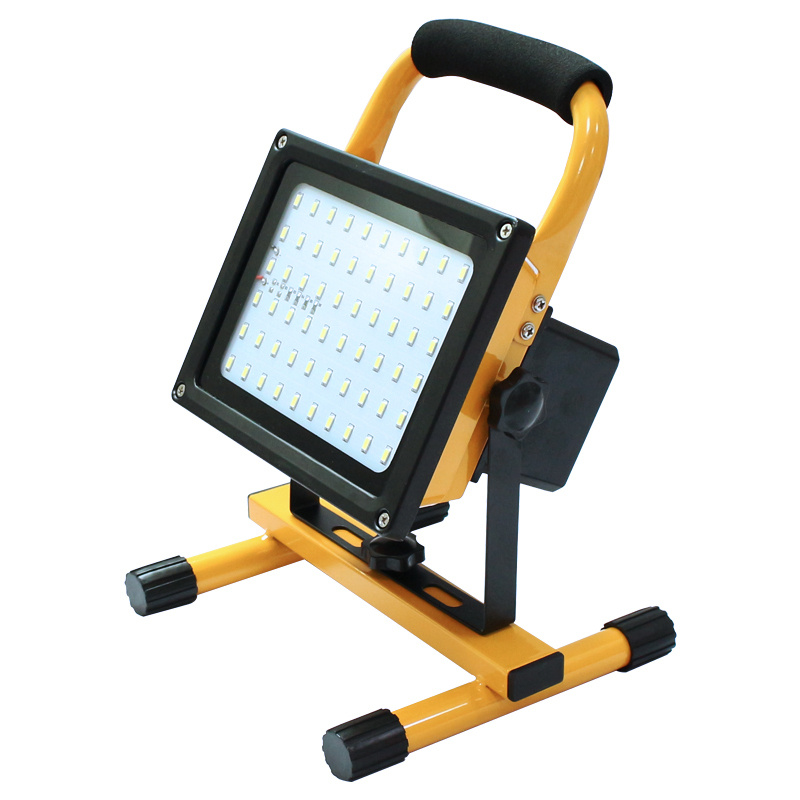
Portable construction lights are used to provide overall illumination of the construction site during evening work, in areas with poor natural light, or in enclosed spaces such as basements or tunnels. They ensure that workers can move around safely and perform their tasks with sufficient visibility.
For specific construction tasks such as welding, carpentry, or electrical work, portable construction lights can be positioned to provide focused illumination. The bright light helps workers to see details clearly, improving the quality and safety of their work.
In case of power outages or during the initial setup of a construction site before permanent lighting is installed, portable construction lights serve as emergency or temporary lighting solutions. They can provide immediate illumination to prevent accidents and allow work to continue or emergency procedures to be carried out.

